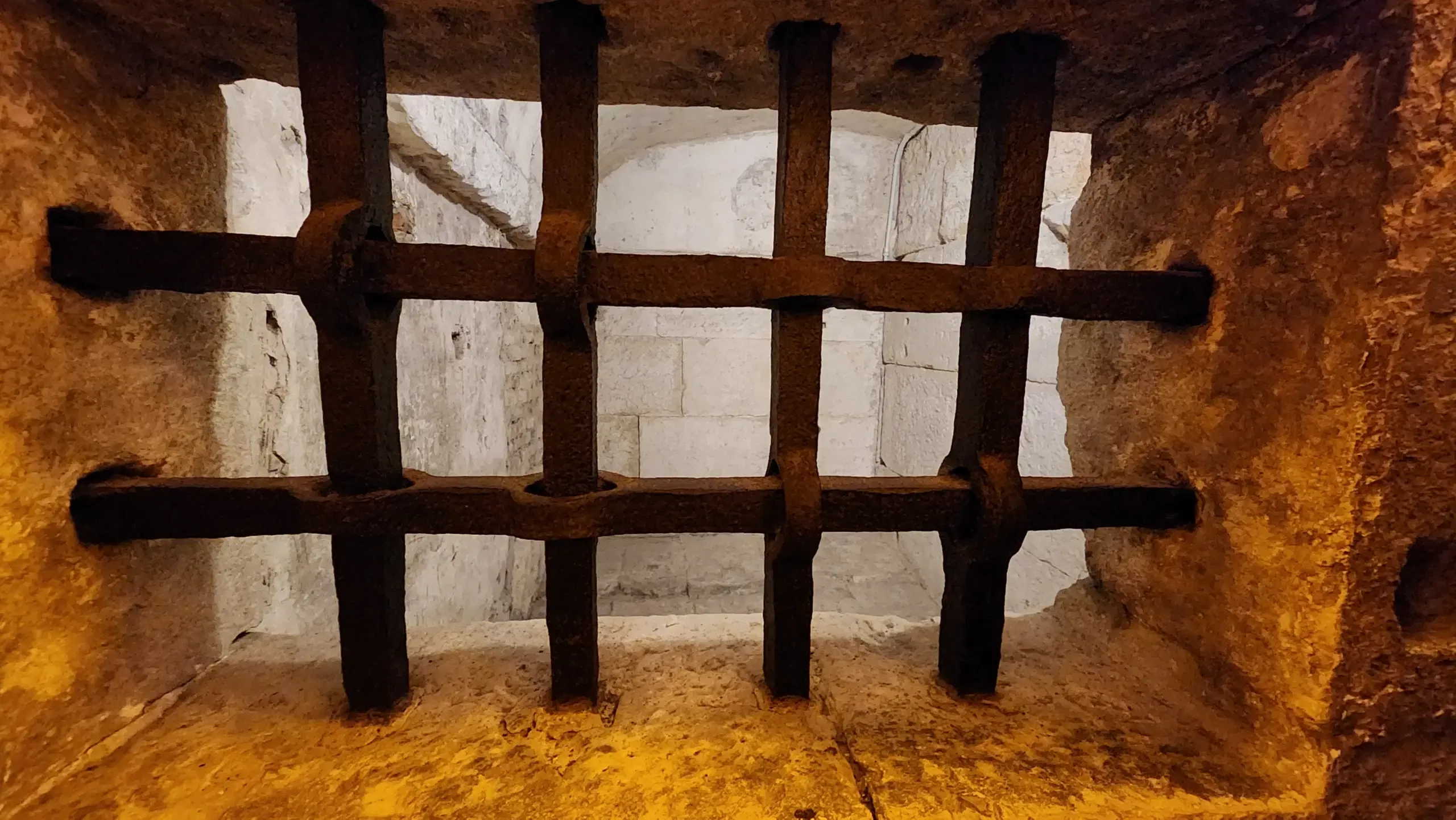Ciao amici! 💕 Venice is a city of grandeur, beauty, and romance – but beneath its elegant façade lies a darker past. Beneath the magnificent Doge’s Palace, where rulers governed with wealth and power, lay the prison cells, where criminals, traitors, and the unfortunate languished in misery. Hidden behind the splendor of Piazza San Marco, these shadowy dungeons tell a haunting story of crime, punishment, and the resilience of those imprisoned within. Let’s step inside and uncover the secrets of Venice’s infamous prison cells.
A Glimpse into Venice’s Justice System
Venice was one of the most powerful maritime republics for centuries, and with power came the need for control. The Venetian government was notoriously strict, and justice was often swift and severe.
The Council of Ten, a shadowy and all-powerful governing body, ruled over crime and punishment in Venice. They issued sentences behind closed doors, and once a verdict was delivered, there was no appeal. Many prisoners, both political enemies and common criminals, found themselves locked away beneath the palace, never to see freedom again.
The Prison Cells: A Place of Despair
Stepping into the prison cells beneath the Doge’s Palace is like stepping back in time. The stone corridors are damp, the walls thick and unforgiving. Light barely seeps through the small, grated windows. The air is heavy with the weight of past souls who once sat in these very rooms, wondering if they would ever be free again.
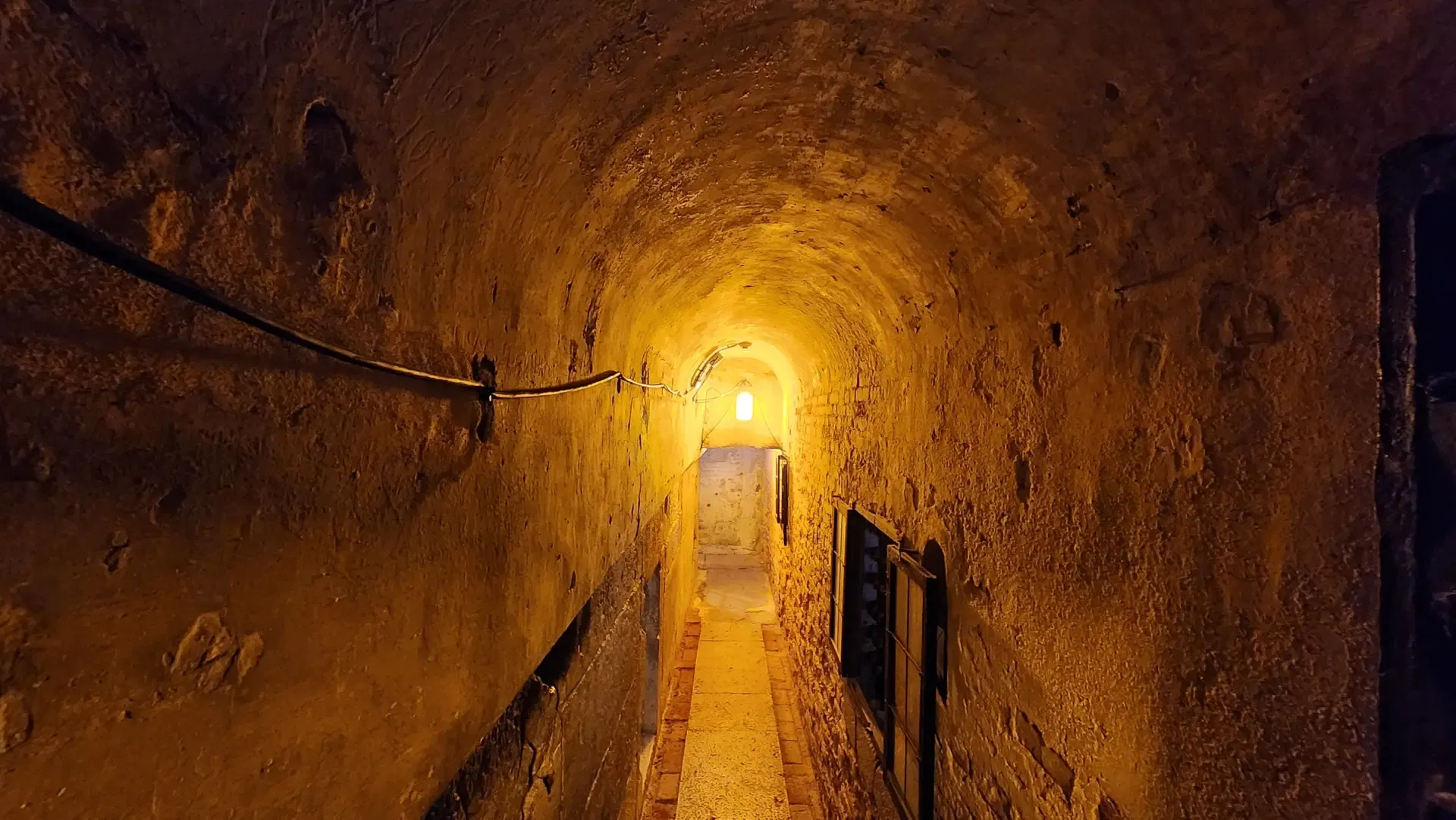
There were two types of cells:
The Piombi: The Upper Prison
These cells, located just beneath the lead-covered roof of the palace, were used primarily for political prisoners. While they were far from comfortable, they were warmer and drier than the dungeons below. The name “Piombi” comes from the Italian word for lead (piombo), as the metal roofing above would trap heat in the summer and cold in the winter, making conditions harsh but survivable. This is where Casanova was famously imprisoned before his daring escape.
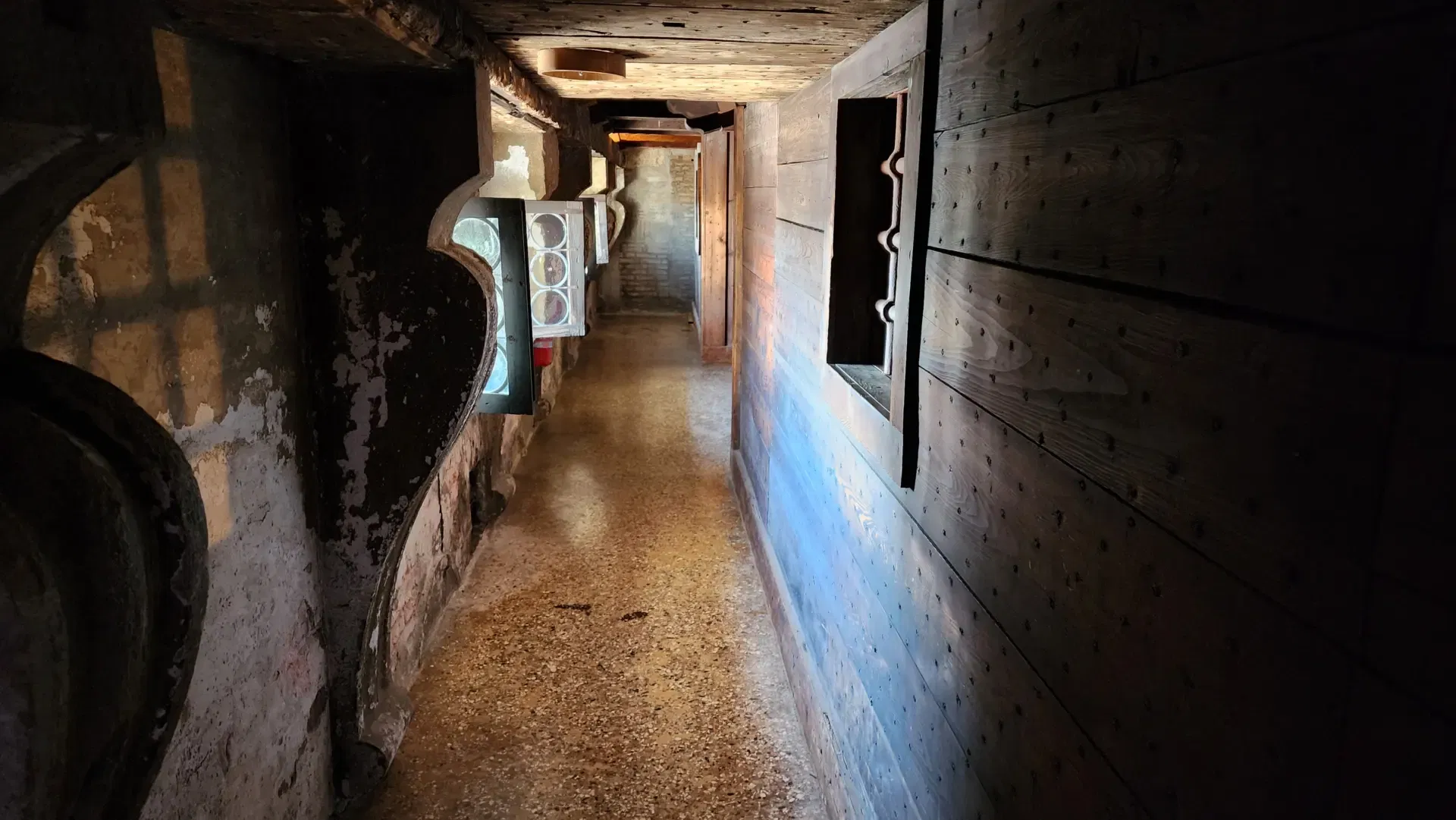
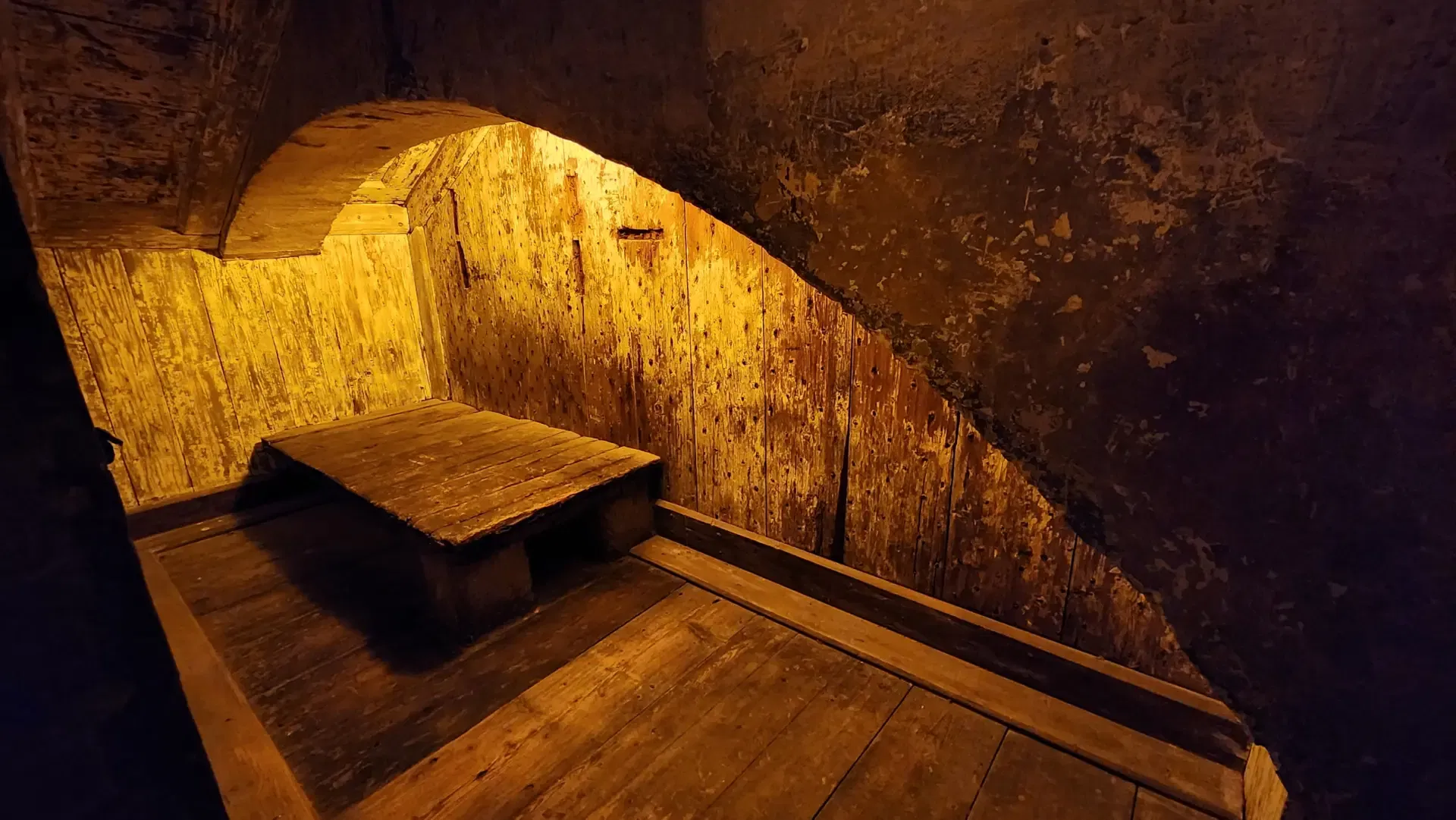
The Pozzi: The Lower Dungeons
In stark contrast to the Piombi, the Pozzi (wells) were dark, wet, and suffocating. These cells were located below sea level, meaning they were often damp, moldy, and freezing in the winter. Prisoners here endured some of the worst conditions imaginable, with many falling ill due to the damp air and lack of sunlight. The walls were thick, the doors made of iron, and once locked inside, prisoners had little hope of ever leaving.
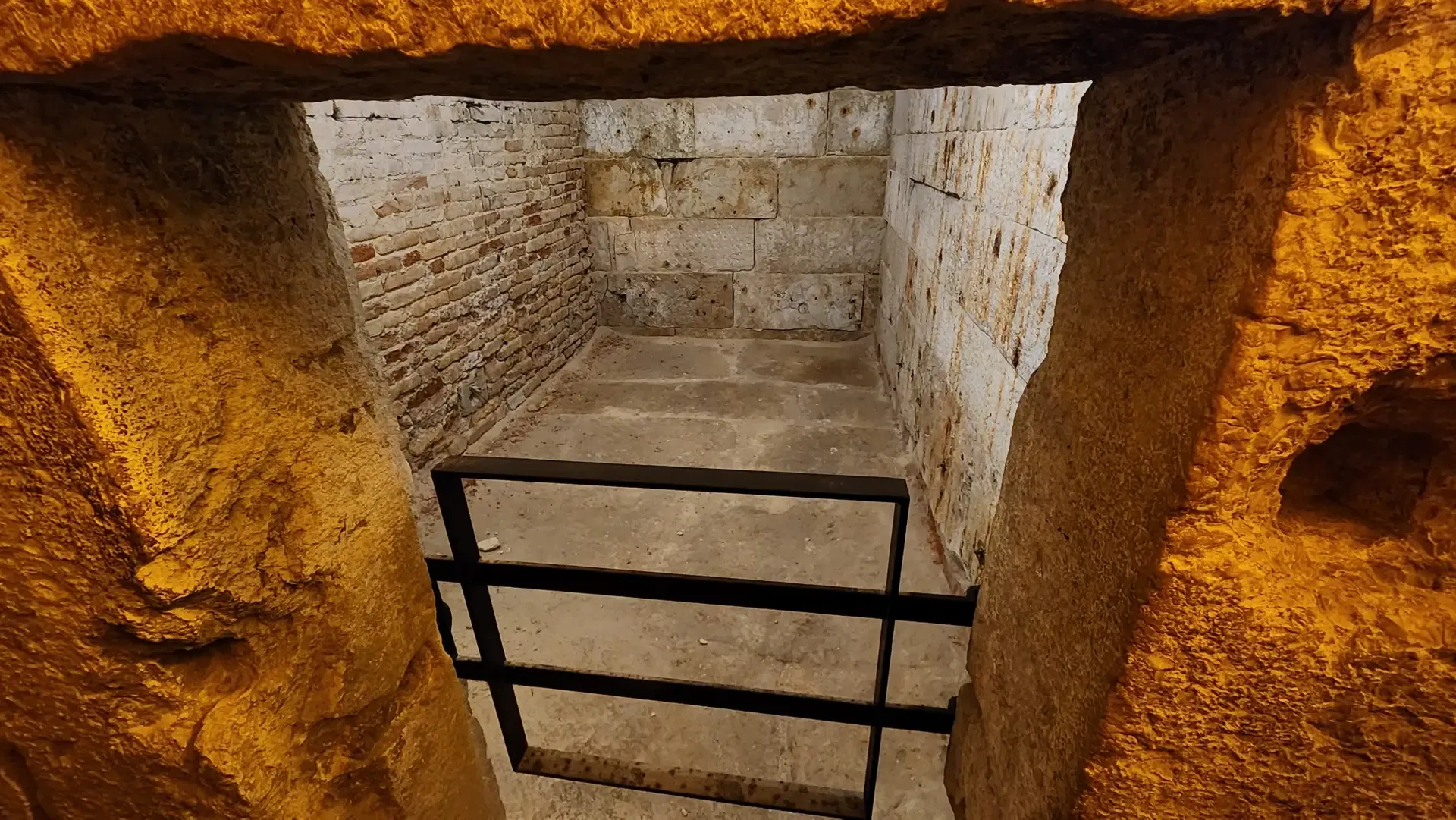
The Most Famous Prisoner: Casanova’s Great Escape
One of the most legendary stories to emerge from the Doge’s Palace prison is the great escape of Giacomo Casanova. Known for his romantic escapades, Casanova was a writer, adventurer, and seducer – but also a political prisoner accused of spreading anti-religious ideas.
In 1756, after spending months in the Piombi, Casanova executed a daring rooftop escape, breaking through the ceiling and making his way out of the palace under the cover of night. His escape story has since become one of the most famous jailbreak tales in history – but that’s a story for another post! 😉
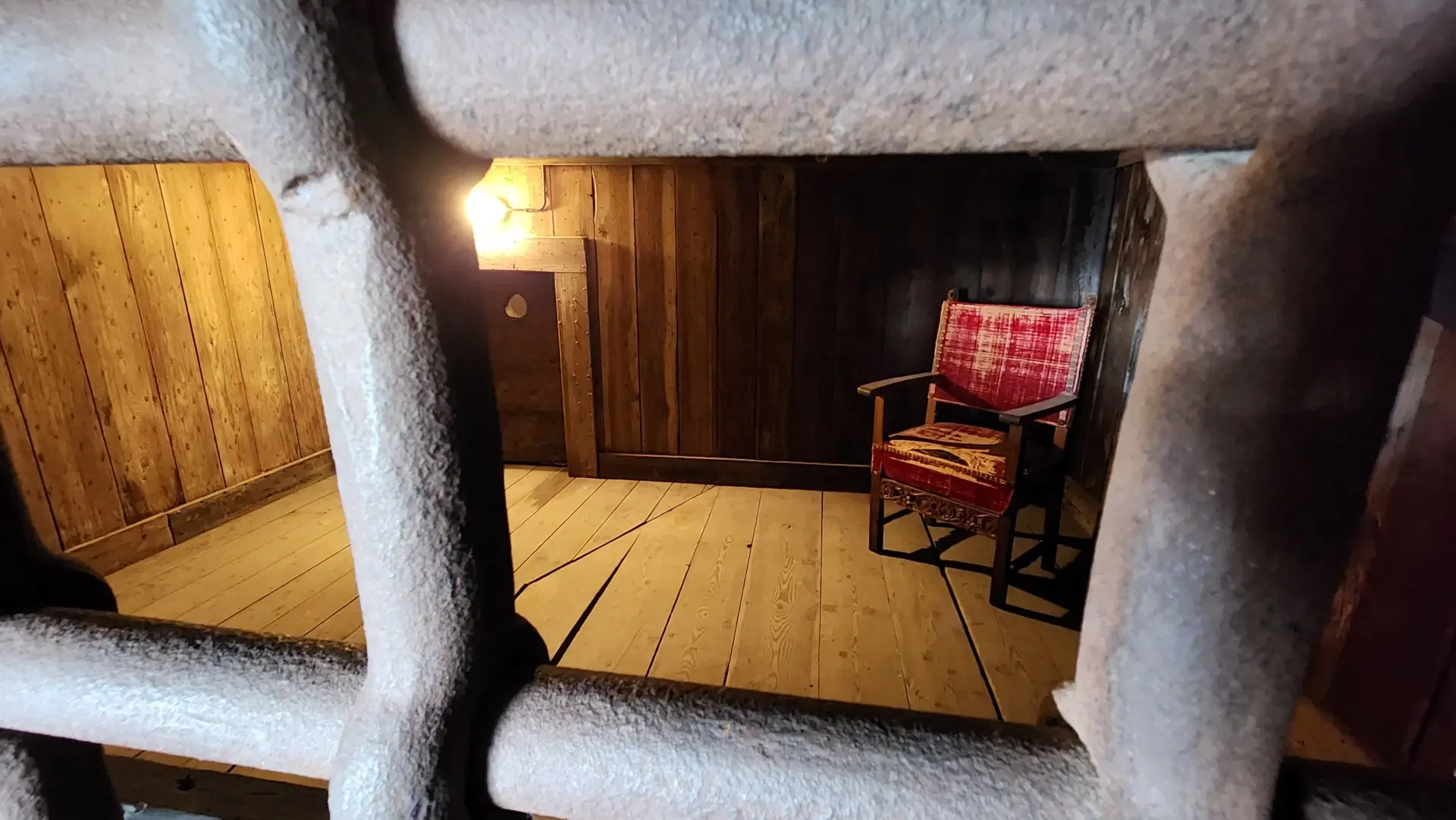
The Bridge of Sighs: The Last Glimpse of Freedom
Many prisoners sentenced in the Doge’s Palace courtrooms would walk their final steps as free men across the Bridge of Sighs. This enclosed bridge, connecting the palace to the prison, earned its name because legend has it that prisoners sighed in despair as they caught one last glimpse of Venice’s beauty through the stone-barred windows before entering the cold darkness of their cells.
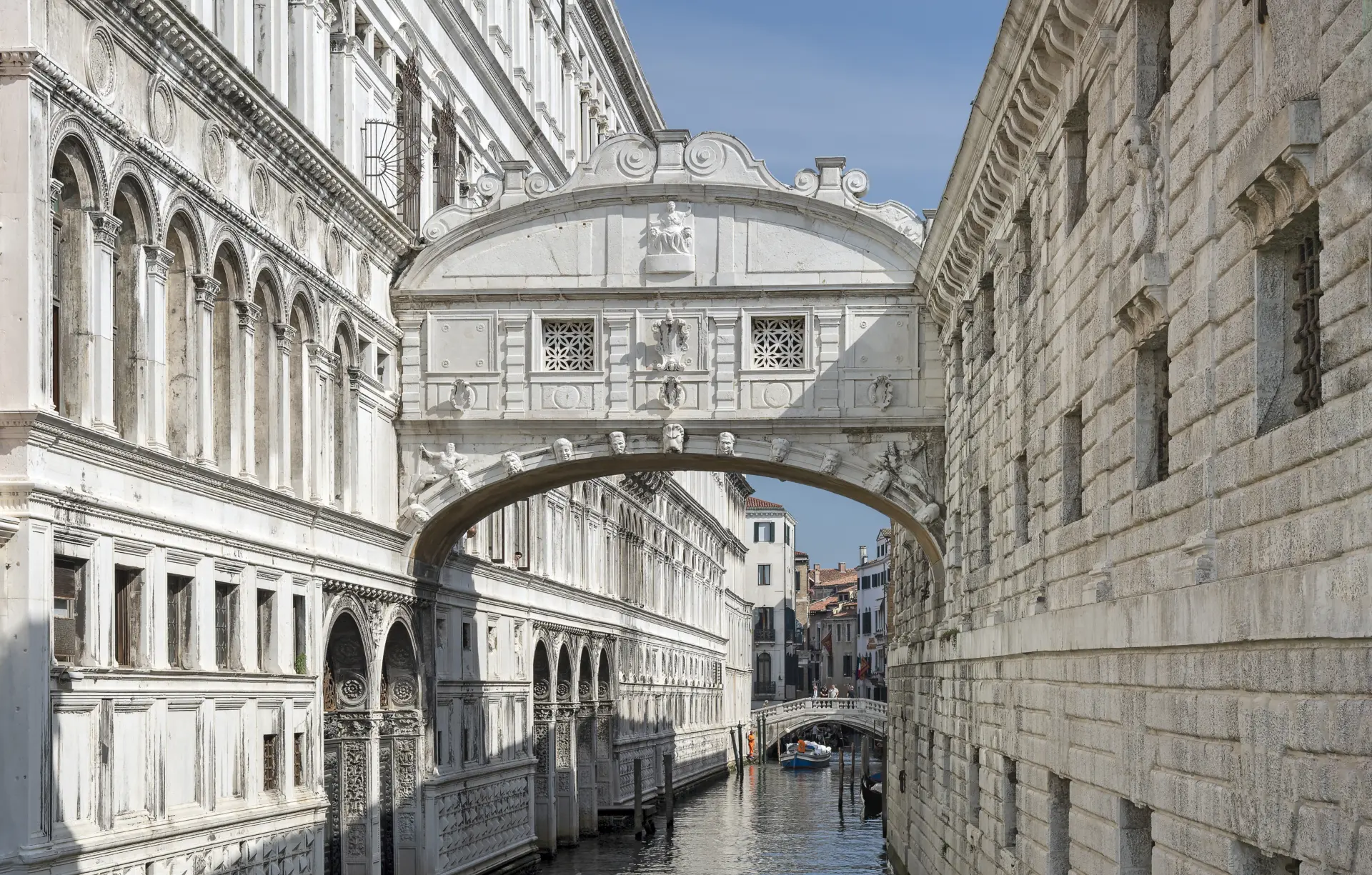
Visiting the Prison Cells Today
A visit to the Doge’s Palace isn’t complete without stepping into its prison chambers. Here’s what to expect when you go:
🔹 Explore the eerie corridors where prisoners were held in complete isolation.
🔹 Stand inside the Piombi and Pozzi cells, imagining the lives of those who once sat in darkness.
🔹 Walk across the Bridge of Sighs, following in the footsteps of prisoners who took their last breath of Venetian air before disappearing into the cells.
🔹 Learn about Casanova’s great escape and the secret passageways used in his legendary jailbreak.
💡 Pro tip: Visit later in the day for a quieter, more atmospheric experience – perfect for soaking in the eerie silence of the prison halls.
Final Thoughts: A Dark Chapter in Venice’s History
The Doge’s Palace may dazzle with its golden ceilings and grand halls, but below its surface lies a darker tale of justice, punishment, and survival. These prison cells, once filled with whispers of despair and daring escapes, are a stark reminder of Venice’s complex past.
Until next time, stay curious, stay adventurous, and stay bubbly! ✨
xoxo,
Bubbly💕

